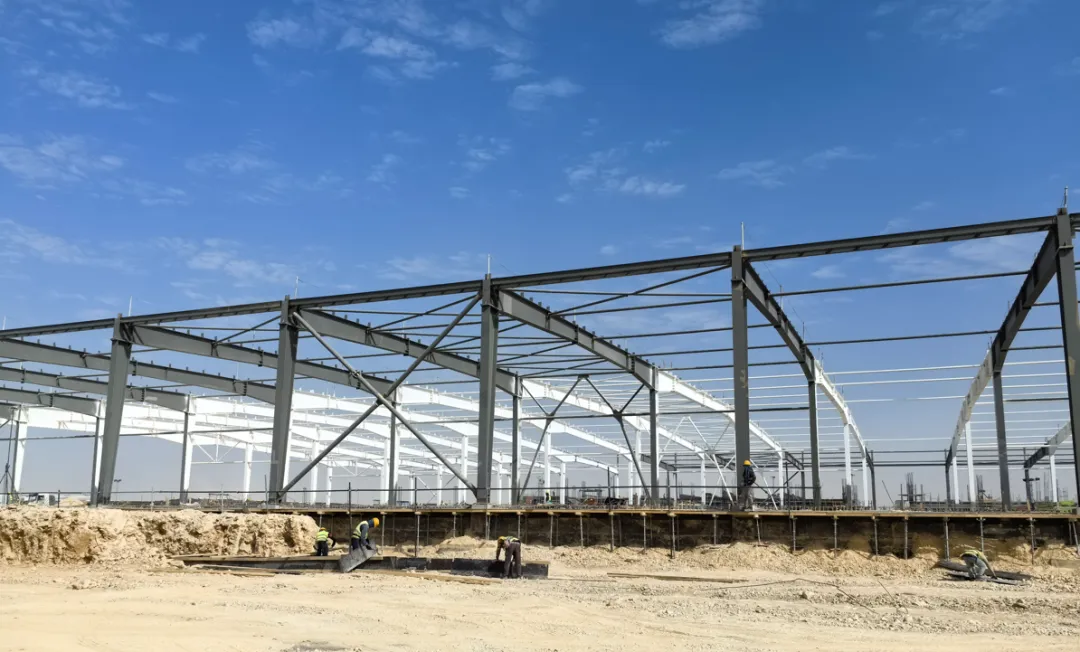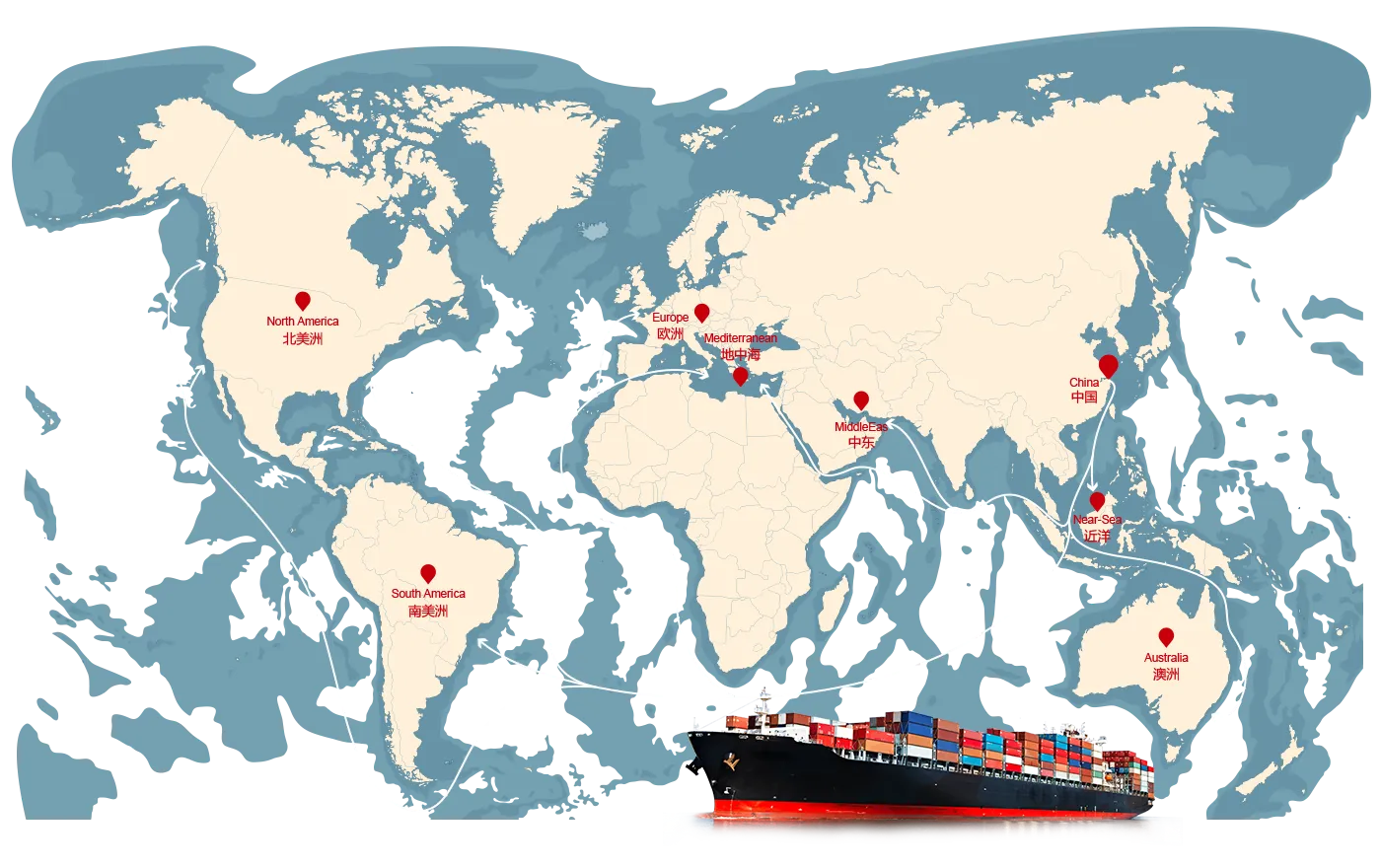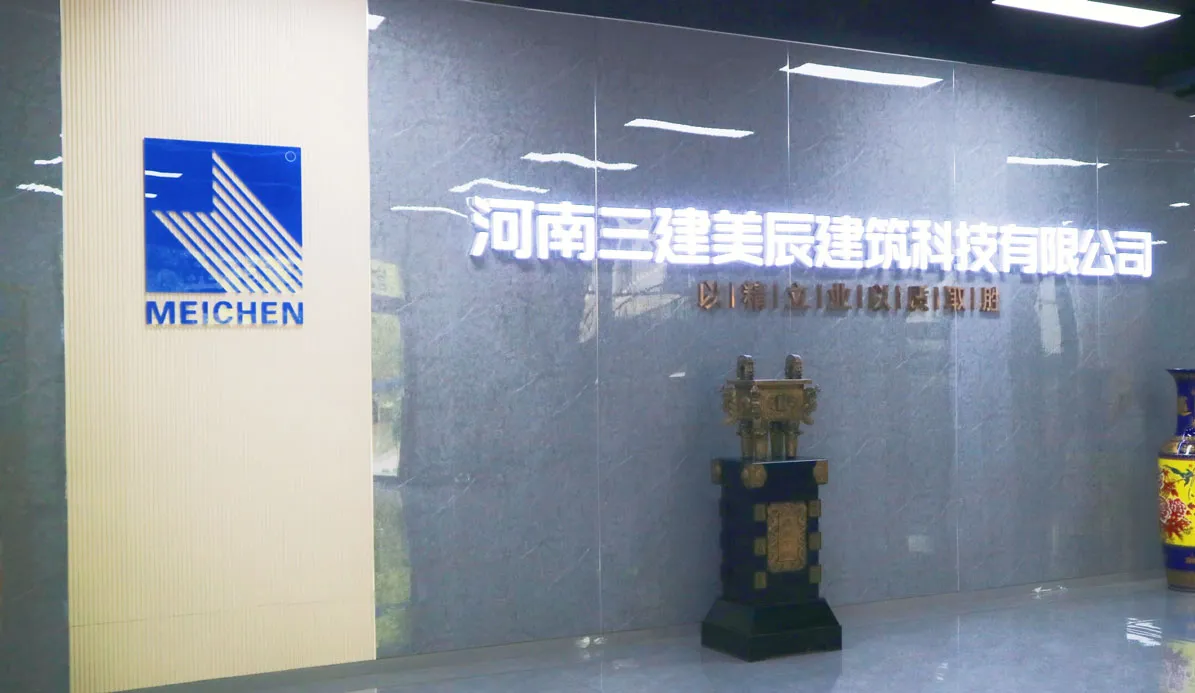Time:2025-11-04 01:47:13 Source:Sanjian Meichen Steel Structure
The Middle East is a booming hub for industrial development, ranging from factories and warehouses to oil and gas infrastructure. EPC (Engineering, Procurement, and Construction) contractors working in this region face unique challenges, including extreme environmental conditions, high regulatory standards, and fast-track construction timelines.
As a leading steel structure supplier, Meichen Steel Structure has been providing high-quality solutions to EPC contractors for over 25 years. With extensive experience in the Middle Eastern market, we understand the complexities of designing and supplying steel structures that stand the test of time in this demanding environment.
In this article, we’ll delve into the key considerations for EPC contractors when sourcing steel structure solutions in the Middle East, with expert insights and best practices from Meichen Steel.

The Middle Eastern climate poses significant challenges to steel structures. High temperatures, high humidity, and salinity from coastal environments can lead to severe corrosion and premature degradation of materials. For instance, the UAE, Qatar, and Saudi Arabia often experience temperatures above 50°C (122°F) during summer months.
As a result, choosing the right materials for the steel structure is critical to ensuring long-term durability and minimizing costly maintenance.
Corrosion-Resistant Steel: For structures exposed to coastal air or high humidity, materials such as Corten steel (weathering steel) and galvanized steel are ideal. These materials naturally form a protective layer that resists corrosion over time.
Stainless Steel: In highly corrosive environments, stainless steel offers superior resistance and durability, though it may come at a higher cost.
Protective Coatings: Epoxy coatings, polyurethane coatings, and zinc-rich primers provide an extra layer of protection against the harsh weather conditions found in the Middle East.
Meichen Steel Insight:
In our Qatar petrochemical facility project, we specified Corten steel for the structural frame and stainless steel for the supports in coastal areas. This combination resulted in 50% lower maintenance costs compared to traditional carbon steel, ensuring long-term stability and cost-effectiveness.
Steel prices in the Middle East can fluctuate significantly due to global supply chain disruptions, political instability, and seasonal demand spikes. During periods of high demand, such as in the lead-up to major construction events, steel prices can rise sharply, impacting overall project budgets.

Lock in Pricing: Secure long-term contracts with steel suppliers to lock in prices and avoid unpredictable cost increases.
Pre-Buy Steel: Consider purchasing steel in advance for critical components (e.g., beams, columns) to shield your project from market fluctuations.
Choose a Reliable Supplier: A reliable steel structure supplier like Meichen Steel Structure, with established relationships with steel mills, can offer more stable pricing and on-time delivery.
Meichen Steel Insight:
On a logistics warehouse project in the UAE, we pre-bought all structural steel 6 months before construction started. This strategy saved $250,000 by avoiding price hikes during the construction season.
The Middle East’s demand for rapid infrastructure development often results in compressed project timelines. For EPC contractors, meeting these deadlines while maintaining structural integrity and cost efficiency is a major challenge. Speed without sacrificing quality is a balancing act.

Modular Design: Modular steel structures can be fabricated off-site and assembled quickly on-site. This design approach significantly reduces erection time and labor costs.
Design for Transportability: Many steel components, particularly large beams or columns, are difficult and expensive to transport. Designing modular units ensures easier transport and quicker assembly on site.
BIM and 3D Modeling: Using Building Information Modeling (BIM) allows for accurate design and clash detection, minimizing errors and speeding up the construction process.
Meichen Steel Insight:
In a 4,600-ton turbine platform project in Qatar, modular design helped cut assembly time by 20%. Our BIM models also identified potential design conflicts early, saving critical time during construction.
Every country in the Middle East has its own set of regulations for building codes, fire safety, and structural integrity. For instance, Dubai Municipality and Saudi Aramco both have their own standards for steel structure projects that must be adhered to.
Know the Local Codes: Ensure that your designs comply with local codes like UAE Fire and Safety Code or Saudi Aramco’s engineering standards.
Get Local Certifications: Many large projects in the Middle East require certifications from local authorities (e.g., UAE Civil Defense or Qatar’s Public Works Authority).
Quality Assurance: Use steel that complies with international standards such as AISC or Eurocode, in addition to local standards, to meet the required strength and durability.
Meichen Steel Insight:
On a mega-power plant project in Saudi Arabia, we navigated the strict Saudi Aramco compliance by ensuring all steel components were tested and certified in accordance with their SAES (Saudi Aramco Engineering Standards). This proactive approach ensured smooth approval and on-time delivery.
The Middle East’s logistics infrastructure is world-class, but the transport of oversized steel structures to remote or urban sites can still be challenging. Steel delivery delays, either due to customs or road restrictions, can create significant setbacks.

Early Planning: Work with experienced logistics partners who understand local regulations, road permits, and customs clearance.
Modularization for Efficiency: Modular steel components can be easier to transport than large single pieces. Modularization reduces the risks associated with oversized loads and road restrictions.
Track Deliveries: Keep track of delivery timelines, and plan for any potential roadblocks (e.g., permits, traffic restrictions).
Meichen Steel Insight:
For a multi-story steel structure project in Oman, we modularized all steel components. This approach reduced transport costs by 25% and avoided roadblock delays, helping us meet the delivery schedule with zero penalties.
Steel structure projects in the Middle East offer immense opportunity, but they come with their own set of challenges. To succeed, EPC contractors must focus on the climate, material sourcing, fast-track design, local compliance, and logistics management.
At Meichen Steel Structure, we’ve been delivering high-quality steel structure solutions in the Middle East for over 25 years. By choosing the right materials, optimizing design, and working with a trusted supplier like Meichen Steel, EPC contractors can ensure on-time, on-budget delivery for even the most demanding projects.

Q1: What is the best material for steel structures in the Middle East’s extreme climate?
Corten steel or galvanized steel is ideal for coastal environments. Stainless steel offers superior corrosion resistance, especially in high-salinity areas.
Q2: How do I manage steel costs in the Middle East?
Lock in pricing with reliable suppliers, pre-buy steel components, and negotiate long-term contracts to avoid cost fluctuations.
Q3: Are there specific certifications required for steel structure projects in the Middle East?
Yes, local certifications from UAE Civil Defense or Saudi Aramco are required for heavy-duty steel structures.